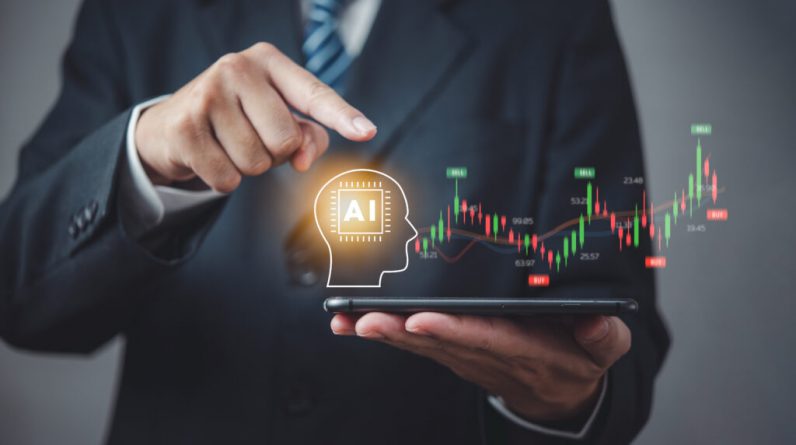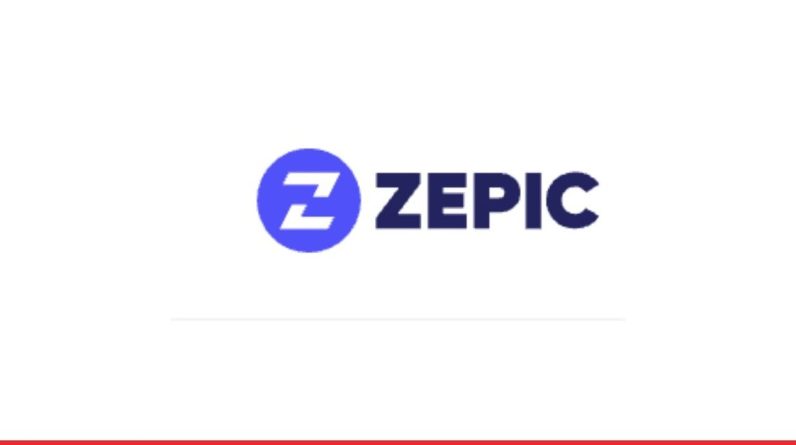
Blue Planet sees AI as a spectrum of technologies collectively driving network automation forward
In a wide-ranging discussion with RCR Wireless News, Gabriele di Piazza, vice president of products, alliances and architectures with Blue Planet by Ciena, immediately made the point that AI is a âspectrum of technologies,â many of which have been battle hardened after decades of commercial use. The common idea, he said, is to use data to solve complex operational problemsââNow that I see the history, I can predict the problem.â
Blue Planetâs AI solutions are centered on helping CSPs modernize OSS by bringing together assurance, inventory and orchestration on a cloud-native platform to simplify end-to-end automation and enhance monetization opportunities. Di Piazza gave examples of customer outcomes, including predicting if a network element is going to fail with 90% accuracy, and setting up a gen AI-powered chatbot that would let a customer talk through what they need from a network slice that is then configured. The former example touches on opex reduction and the latter on network monetization, but thereâs a bit of circular flow in that a more performant, reliable, resilient network enhances end-user experience and makes it easier to consume (more of).
But it all starts with the data. âThereâs no clean AI strategy without a clean data strategy,â di Piazza said. He likened data to swimming, AI to snorkeling and gen AI to scuba diving. âEverybody wants to jump to gen AIâ¦Some people want to go scuba diving without swimming.â The best practice here would be to establish a common data strategy then gradually develop use cases on top of that common data strategy; from there, a continuous process of improving and iterating will develop a broader set of capabilities and foster organizational confidence. âComprehensively we need to look at this as a layered approach. I see AI layered on top of data.â
Denmarkâs TDC NET is working with Blue Planet on an OSS transformation project meant to deliver an accurate, unified accounting of mobile and fixed resource and service inventory. TDC NETâs use of Blue Planet Inventory (BPI) is part of a larger digital overhaul that also includes network monitoring, service assurance and workforce management. The goal, according to TDC NET Head of IT Enablement Carsten Rasmussen is âto reduce inventory management system complexity and improve operational efficiencies to the benefit of our customers.âÂ
Lumen is also using Blue Planet Inventory as part of its own network simplification and transformation program, and will leverage that âstreamlined visibility into its network inventoryâ¦to accelerate the development, implementation and support of Lumen solutions,â according to a note on the deal. âA single source of truth for our network inventory and data integrity is core to Lumenâs transformation to create a digitized, AI-ready network, one that can quickly address customer needs driven by the major demand for connectivity fueled by AI,â Lumen EVP of Enterprise Operations Kyle Prigg said in a statement. So, again, data as the foundation of use cases that touch on opex, create new monetization opportunities, and keep that circular flow going.Â
Di Piazza said this is all part of a âbig wave of OSS modernization happening.â And these inventory examples are a practical way to quickly realize valueâthe same approach that more generally makes AI a success. âIt needs to be realâ¦As we rollout use cases, we need to make sure that this set of use cases and technologies are delivering value in the near termâ¦We do believe in building this vision towards the autonomous network.â
Di Piazza also stressed openness as a âcore aspectâ of how the company approaches AI. He gave the example of the AI Studio software environment that lets CSPs bring in homebrewed or third-party LLMs for integration with other Blue Planet solutions. There are also a number of âpre-builtâ AIOps use cases, including silent fault detection, forecast resource exhaustion, graph-based alarm correlation, cross-layer stitching and more.
Looking ahead at the continued evolution of telco AI, di Piazza wrote in a blog that, âIn the near future, gen AI will help us improve on all these use cases and create more advanced intelligent automation. Within the next couple of years, we believe that the way CSPs engage with support systems will evolve dramatically, moving away from traditional user interfaces and toward more natural language-based interactions.â
For more on tying telco AI investments to opex reduction and network monetization, watch this webinar featuring di Piazza and experts from Appledore Research and Google Cloud.







